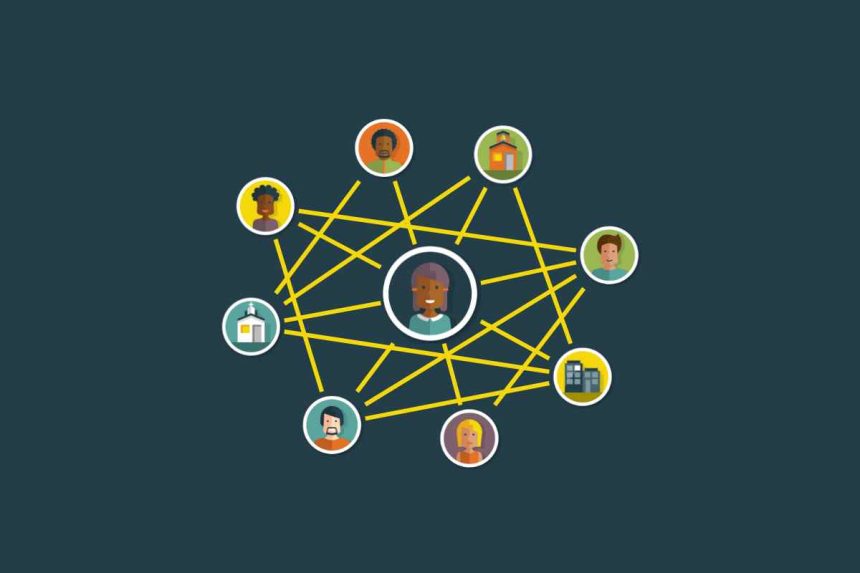In modern business environments, relationships determine the trajectory of success. Relationship mapping is emerging as a valuable practice to visualize and manage complex interactions in corporate ecosystems. It enables organizations to better understand and leverage their connections with stakeholders, partners, and customers. The strategic implementation of these tools can lead to enhanced operational efficiency and more informed decision-making. Below, we explore the multifaceted advantages relationship mapping offers to various aspects of business.
Table of Contents
Exploring the Benefits of Relationship Mapping in Business
The dynamics of professional relationships can be intricate and influential. With the incorporation of relationship mapping, businesses gain clearer insights into this complexity. By charting out the network of connections, companies are able to identify key influencers and decision-makers crucial for success in their markets.
Relationship maps also facilitate the tracking of interactions over time, aiding in the nurturing of those relationships that are most beneficial. Analyzing these patterns equips businesses with the knowledge to approach negotiations and collaborations more strategically.
Moreover, the use of relationship mapping tools aids the alignment of organizational goals with stakeholder needs, ensuring mutual advantages. These visual aids can also highlight gaps or weaknesses in a network that require attention, thereby mitigating risks.
Driving Sales Performance Through Strategic Relationship Maps

Alt text: Team members discussing how they can use relationship mapping tools to identify and prioritize potential leads based on their influence.
Sales teams are at the forefront of generating revenue, where understanding the client landscape is critical. Relationship maps help sales personnel identify and prioritize potential leads based on their influence and connection strength.
These tools empower sales strategies through a clearer understanding of the decision-making hierarchy within client organizations. Knowing who to engage and when can streamline the sales process and boost conversion rates.
Relationship mapping also allows for better preparation ahead of meetings with clients by illuminating connections and commonalities that can help in building rapport. It is an effective way to personalize interactions and tailor pitches to resonate with the client’s specific needs and interests.
Streamlining Project Management with Relationship Visualization
Project management requires a sophisticated understanding of task dependencies and team dynamics. Relationship maps provide a platform for project managers to plan, execute, and monitor projects effectively.
By visualizing connections, project managers can foresee potential challenges and preemptively address them. For example, knowing which tasks are mutually dependent helps in sequencing activities logically and preventing project delays.
Such tools also aid in risk assessment, as the relational dynamics between tasks and stakeholders become transparent. This allows for swift mitigation strategies to be deployed whenever threats to the project’s success are identified.
Leveraging Relationship Maps for Improved Customer Engagement

Alt text: Laptop screen showing the analytics derived from customers using relationship mapping tools that offer unique insights into customer behavior.
Understanding customers is pivotal for any business, and relationship maps provide unique insights into customer interactions. By mapping the customer journey, businesses can identify key touchpoints and opportunities for engagement.
Customizing communications and offerings become more feasible when insights from relationship maps are harnessed. This leads to an improved customer experience as interactions are tailored according to the needs and preferences identified through the mapping data.
Furthermore, relationship maps serve as a tool for customer service teams to keep track of customer complaints and feedback. Analyzing patterns in customer behavior can be instrumental in improving service quality and customer satisfaction.
Overall, the strategic application of relationship maps can propel businesses to new heights of operational efficacy and customer satisfaction. These tools not only provide clarity in the complex web of business relationships but also serve as a catalyst for growth and enhanced engagement in a multitude of business processes. As such, the integration of relationship mapping tools within an organization’s strategy can be a game-changer for those keen on advancing their business’s connectivity and influence in today’s interconnected world.






